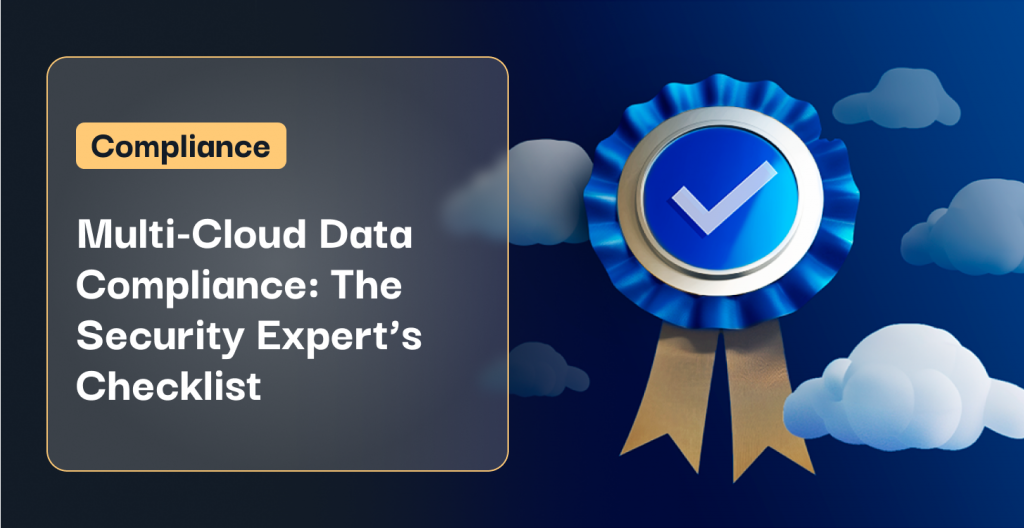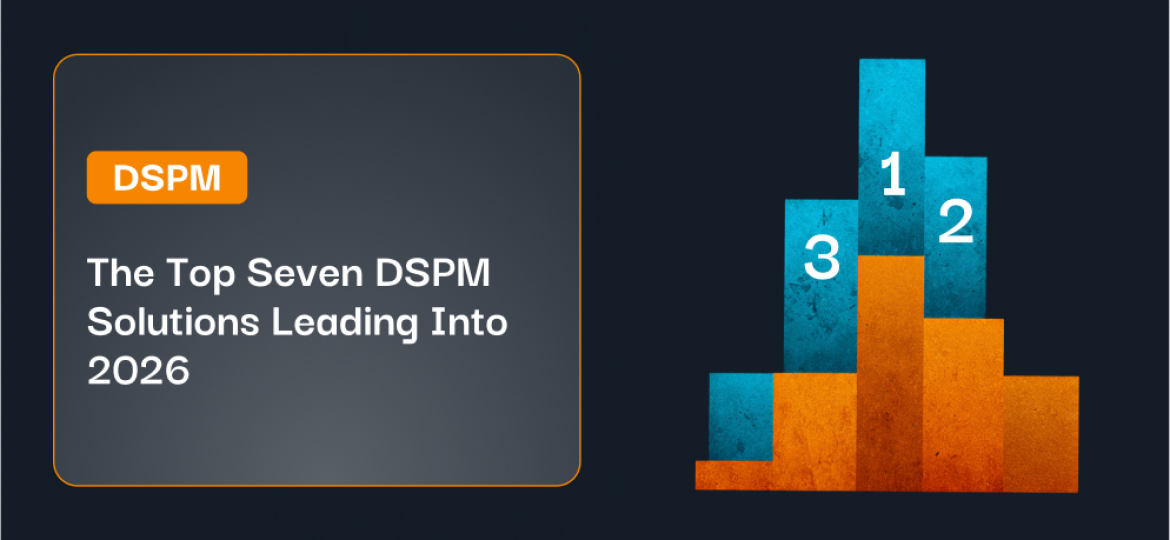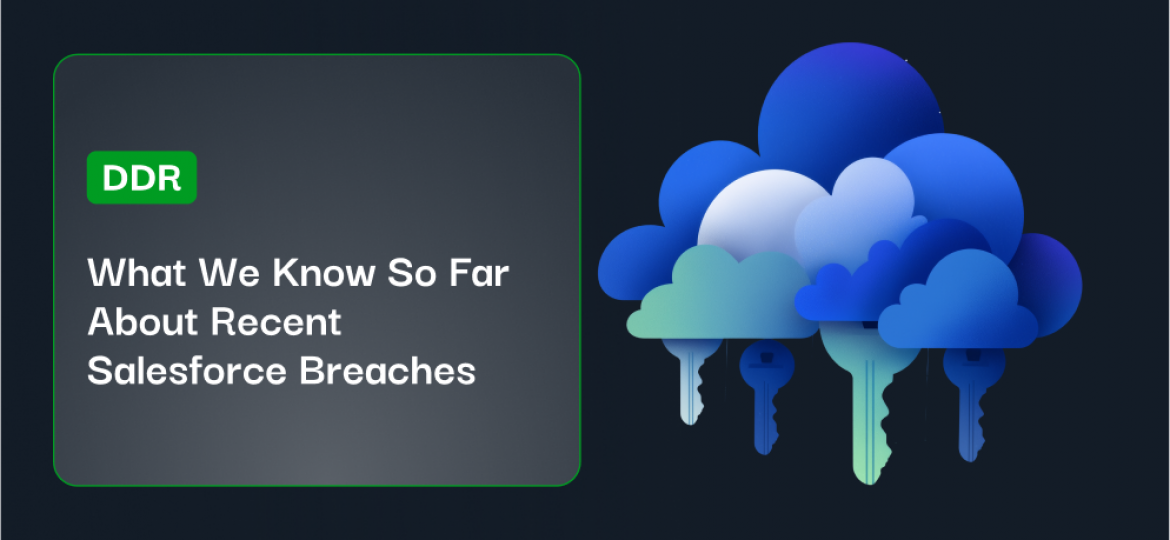Multi-cloud data compliance is vital to ensure network architecture aligns with data storage and privacy regulations.
More businesses are working in the cloud than ever before, especially as remote work opportunities increase. But as the market fills up with cloud-based offerings, building your security strategy around a single cloud often isn’t enough — a reported 92% of businesses needed a multi-cloud data security strategy in 2021, as the average employee accessed public and private cloud systems every day. Multi-cloud architectures can create significant challenges when it comes to complying with legal requirements and privacy regulations. As a result, organizations will need to keep the latest multi-cloud data compliance strategies top of mind in order to minimize overhead and risky.
Learn more with Symmetry Systems’ Multi-Cloud & Hybrid Cloud Security: The Ultimate Guide.
Jump to a section
The State of Multi-Cloud Data Compliance
The Best Practices of Multi-Cloud Data Compliance
Synchronize Security and Compliance Practices
Implement Multi-Cloud Monitoring
The Foundation of Multi-Cloud Data Storage and Compliance
The State of Multi-Cloud Data Compliance
According to Flexera’s 2021 State of Cloud report, multi and hybrid cloud strategies are practically universal among 21st-century businesses. The average respondent currently uses at least two public clouds and a comparable number of private clouds while experimenting with others for future adoption. Cloud providers are well-aware of this demand and typically take steps to accommodate multi-cloud infrastructure.
Yet for all the benefits of this architecture, multi-cloud systems have many inefficiencies in their current form. Cloud spend waste is a top priority for most businesses, and no one can afford to overlook enterprise cloud data security. Every additional cloud a company adopts increases the attack surface while exponentially increasing the difficulty of securing networks, particularly at remote endpoints. Meanwhile, each cloud provider may have conflicting processes for managing data storage and privacy.
Cloud data security compliance is relatively easy to achieve, especially on a single, private cloud. Multi-cloud data security compliance, on the other hand, requires a deep understanding of the interplay between each provider. Any business with a multi or hybrid cloud system is well-advised to adopt consistent best practices to avoid data breaches and other unintended consequences.
The Best Practices of Multi-Cloud Data Security Compliance
Have a Data Storage Plan
Data storage is one of the most crucial considerations for security and compliance in a multi-cloud environment. Most nations have data localization laws that prevent electronic records from being stored outside the country from which they originated. New legislation emerges every year, but some prominent examples include the following:
- The European Union regulates data localization at a pan-EU level — for example, businesses can transfer personal data between member states but cannot export it from the EU.
- In India, all payment system data must be stored within the country.
- The Australian government restricts health records and associated data from leaving the country.
- Finance, telecommunications, and information services companies within China must apply for government permission to transfer data from the country, even if their head offices are based outside of China.
To create a data storage plan, the first step is to be aware of localization regulations in all countries in which you do business. Next, security specialists must determine whether their cloud providers include regional availability zones in their data infrastructure that align with localization requirements. Finally, companies will need to classify records and how they are stored in the multi-cloud data environment — partially to align with regional distribution, but also to ensure sensitive data is stored according to the most secure cloud data security practices.
Synchronize Cloud Data Security and Compliance Practices
Some of the biggest challenges in multi-cloud environments occur when security settings and compliance practices vary from cloud to cloud. For example, public and private clouds can have different standards for assigning data access permissions. In terms of compliance, each platform may use other certification processes that are not fully compatible.
When building multi-cloud architecture, it’s vital to synchronize these elements with enterprise-level compliance practices. Even if a particular cloud on your network doesn’t align with others, this approach creates a degree of consistency between all cloud providers and platforms. In some cases, security specialists may be able to build and leverage automated processes to unify operations. Most notably, all multi-cloud businesses should:
- Automatically audit new files for compliance policies and generate reports for later review
- Flag potential compliance violations and discrepancies
- Identify and scan new containers deployed on public clouds.
Implement Multi-Cloud Data Monitoring
Most cloud providers have their own monitoring tools to manage and analyze events within their systems. In a multi-cloud environment, however, enterprises may need custom tools or dashboards to grant more visibility across the entire environment. Without them, employees must often treat clouds as siloed environments by monitoring them one at a time, leading to inefficiencies when transferring data or auditing networks.
Much like how automated processes can help synchronize compliance, security specialists can use automation to streamline multi-cloud monitoring.
The Foundation of Multi-Cloud Storage and Compliance
Even with these best practices, enterprises face many challenges to multi-cloud compliance. To comply with local and international regulations, security teams must understand where data is stored, identify potential vulnerabilities, and secure endpoints across their entire multi-cloud architecture.
Symmetry Systems designed DataGuard to meet the unique expectations of multi-cloud data compliance and data security. Whether mapping sensitive data, identifying risks, or enforcing least privilege, DataGuard helps all security teams govern cloud architecture at an object-level and at scale. To experience the value of DataGuard first hand, reach out. Our team will get you set up with a demo in short order.






